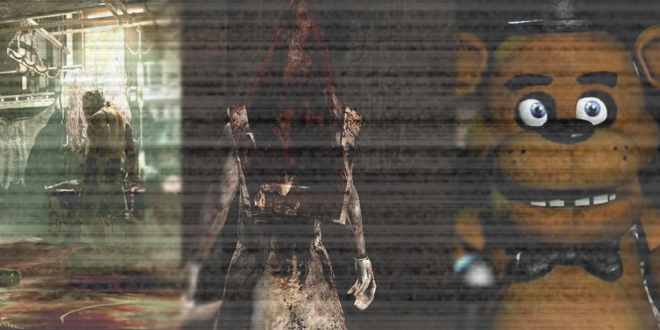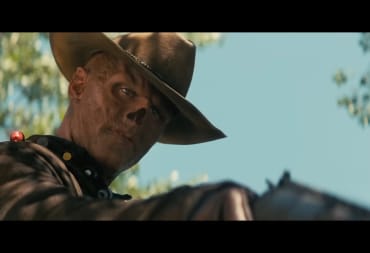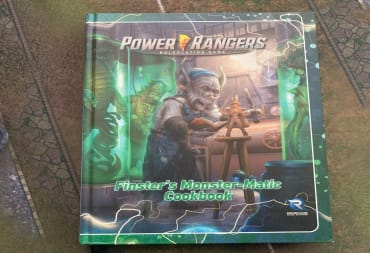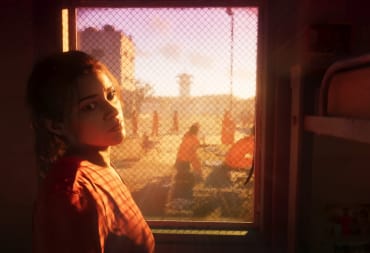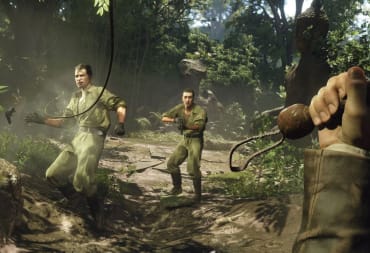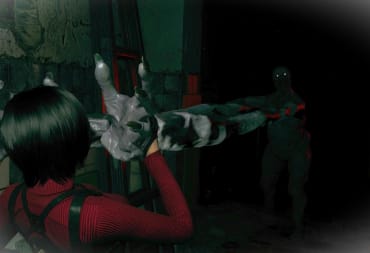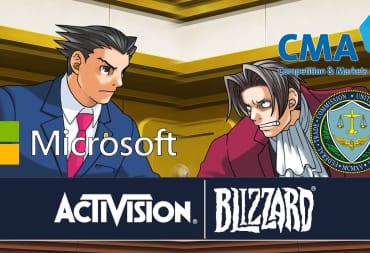Horror games are kind of a unique genre when you think about it. In video games, we typically describe games first by the type of game they are, and then the setting or literary aspects of it. Call of Duty is a first-person shooter before it is a war game. The Witcher is an action adventure game before it is a fantasy game. Horror is one of the few video game genres where the flavor takes precedent over the function in most cases. And why not? We judge horror games far differently from other types of games. Of course people still talk about the mechanics and technical elements, the story, the graphics, but the forefront is on how well a horror game does the job of being frightening and how it builds atmosphere.
Because of the nature of horror, it even tends to develop its own game types, ones which likely wouldn't work well with other genres of games, but which become quintessential for horror. That said, there's a lot of different kinds of horror games, some which stand up better than others in terms of living up to their name. Most exist specifically in the indie environment, for the same reason most horror films start off as independent. It is definitely a genre that not everyone cares about, either because they can't handle the scares or don't let themselves get scared by it (unpopular opinion: if you don't get scared by horror games, you don't have enough imagination).
Usually the first type people think of is survival horror. This is what the majority of AAA horror titles look like, is the overarching theme in most other types, and the reason most horror games take on this face is because of its efficiency. Lots of non-horror games have creepy elements, but they aren't scary because you're usually armed and capable. In survival horror, you're an average Joe or Jane, often without any weapon at all. The gameplay is based on instinct—you run or you hide. And this is clever since good survival horror will stress you out, and it's hard to trust your instincts when you're in full panic mode. These are games like Outlast, Amnesia: The Dark Descent, and most recently SOMA. They're usually first person (though not always) and typically have some kind of unique mechanic to help get you through the world. Most indie games use this style as well. It's simple, there isn't a lot of having to redo the basics, and as they say, "If it isn't broken, don't fix it. Because then you'd have to sit still for a while and that's how Slenderman gets you."
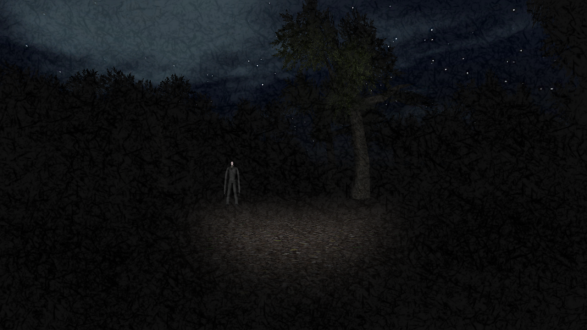
The second, probably least "survival-ish" are RPG Horror. These are virtually always independently made, and like most RPGs focus primarily on telling a story. However, they earn the distinction of horror when they still focus on making a stressful and terrifying atmosphere. It's not impossible. While these usually look like RPG games, they usually blur the lines between the typical RPG and survival horror. They lack the items, menus, and large parties, and instead rely on the very basic mechanics and puzzles. On the other hand, to create a horrific environment means creating graphic images and stories, as well as throwing in jump scares here and there, plus use of music and just creating something generally unsettling. They're probably the least atmospherically scary games on this list, but good ones can still be unsettling. And they are pretty much all indie, made on RPG Maker engines or similarly simple development kits. This usually also means they're free or inexpensive though, and many are hidden gems, like Ib or Misao.
Speaking of jump scares, next is Five Nights at Freddy's Clones and Slender Clones. I can't think of a name for these genres, but both are what happens when an indie horror game reaches a peak in popularity based on the simplicity of its premise. On Steam, the original Five Nights at Freddy's is referred to as action, but it seems more because it doesn't neatly fit anywhere else. It is survival horror in that you must survive on nothing but wits, but at the same time, you're trapped in a static position and are far more limited in what you can do to protect yourself.
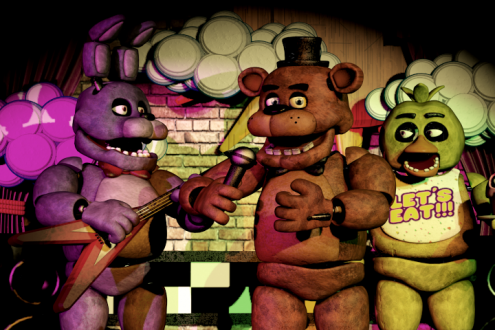
Five Nights at Freddy's was (and really, still is) an incredibly popular series and thus has spawned several clones. Why not, it's really fairly simple on the mechanical side, doesn't require a lot of animation because most of the game is still images, and for as simple as it is, there is a lot of variation. Probably not as much after Scott Cawthon bogarded all the ideas by making three more games, but whatever. Most clones are not very high quality and rely heavily on novelty or taking from existing intellectual property. But the trend was so popular that there is still a tag on GameJolt specifically for FNAF inspired games. The best of these by far is One Night at Flumpty's, which is similar in concept (of course), but with highly stylized art and animation, and a whole new setting. The mechanics themselves have some variation as well, utilizing lights over doors or vents. There is potential to make this something more with more inventive thinking, and the idea of being closed inside a crowded space waiting for monsters to find you is a true fear, easily capitalized on.
Slender Clones were not quite as bad but suffered from the same problem. The majority are based on novelty, and most are very low quality. And whereas FNAF Clones have at least one decent title in One Night at Flumpty's, Slender doesn't really have any one clone that stands out as even close to its predecessor. It's odd, since there is about as much variety to be found in the Slender model as in the FNAF model, but it never found its one good clone.
Back to the real horror games, namely point-and-click horror. There are a ton of these in the indie scene, and quite a few older horror games that also fit the bill. In fact, one of the first well-known horror games ever, Clock Tower, was a point-and-click horror game. In terms of indie games, the point-and-click horror genre produces the best results, largely because there are just so many of them. These don't tend to be incredibly scary, though they do produce some gruesome images, and some truly can give you the chills, if only for how weird they are.
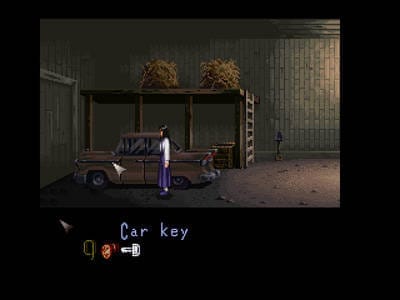
Because of their versatility, they can also make many different kinds of experiences. Some like the Don't Escape series are based mostly on the end goal—the last one, Don't Escape 3, has the most traditional horror elements, but all of them induce some panic. Others like Antumbra focus more on the weird factor and freaky imagery. Then some, like the Deep Sleep series, follow the more traditional horror model—the typical shadows watching you from the corners, and stalking you from a distance. You could spend all day playing these; they're typically short, and often can be played directly in the browser. And there are tons of them. Many of these also tend to be based off horror novels, particularly Lovecraft for some reason. Yes, this includes Cthulhu. (As an aside, I never knew there was a tag on Steam called "Lovecraftian" which apparently includes Darkest Dungeon).
Finally, there are the scary first person shooters. Before you get up in my grill, there is a lot of variation here. Not all horror games work best as pure survival, and so allow the character some weapons. These games either allow weapons and tools, but make them fragile, difficult to use, or unfinished solutions. For instance, Alien: Isolation gives you weapons up to and including a flamethrower. But that game is still terrifying because you're fighting a Xenomorph—even your most powerful weapon will do nothing except buy you a little time and god help you if you run out of ammo. In other games though, the limitations are not nearly as stress-inducing, and the horror relies far more on the gore and frightening imagery, a la Resident Evil, F.E.A.R., Dead Space, and the majority of horror arcade shooters. These games aren't truly scary, rarely have good atmosphere, and frankly, are more reliant on jump scares than all the Five Nights at Freddy's games put together. They're still fun though, just not because of the horror.
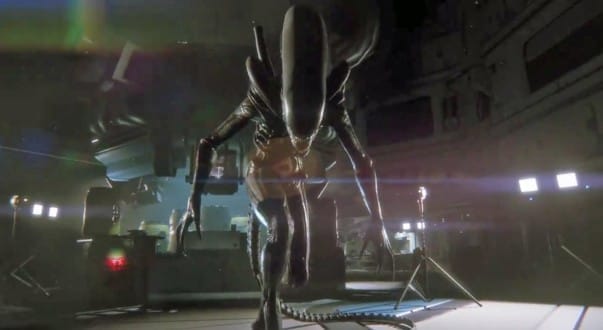
I suppose I should also briefly cover zombie games. I don't personally consider them horror, though marketing directors really like to suggest they are and some do have horror aspects. Left 4 Dead isn't a scary game, but I have a hard time making that argument when I want to sneak past a Witch that's decided to spawn right in the middle of a walkway. Some like Dead Rising are far more focused on the fun aspect—again, nothing wrong with that. Shooting zombies is fun. It wouldn't practically have its own AAA genre if it weren't at least a little fun. But, it's not scary and rarely horror.
There are other types of horror that fall into more specific or uncommon categories. I didn't talk about the ever growing library of virtual reality horror games, because I don't have experience with them (unless someone sends me an Oculus Rift for my birthday). Though, my experience with horror would indicate that virtual reality is the next great frontier for horror. A genre all about immersion can only benefit from a more immersive atmosphere. As gaming expands, so can horror, so who knows who'll come up with the next game that will spawn a hundred shitty clones starring Spongebob Squarepants.
Have a tip, or want to point out something we missed? Leave a Comment or e-mail us at tips@techraptor.net
